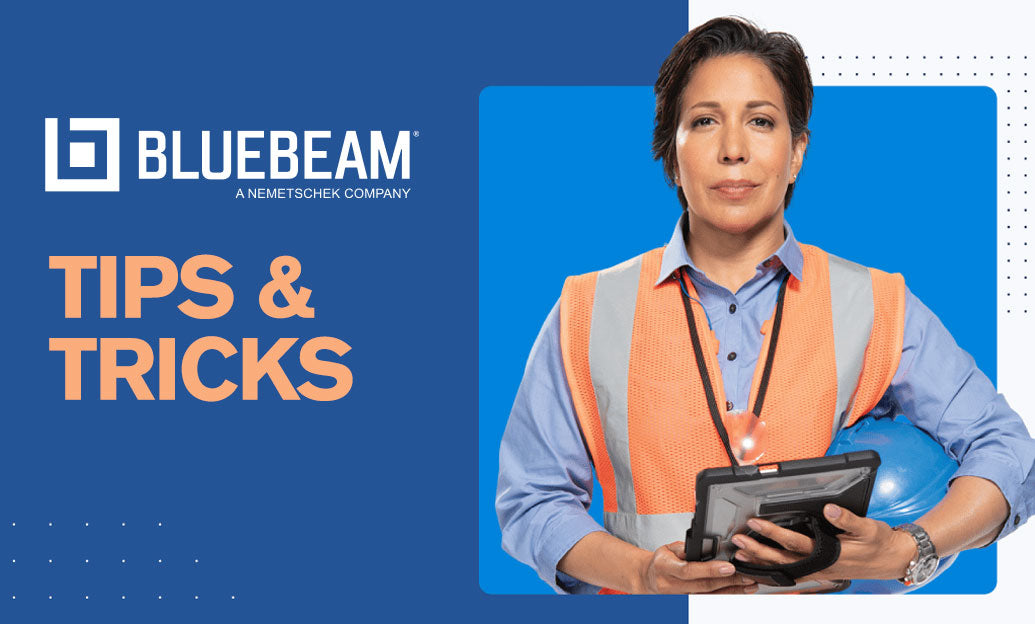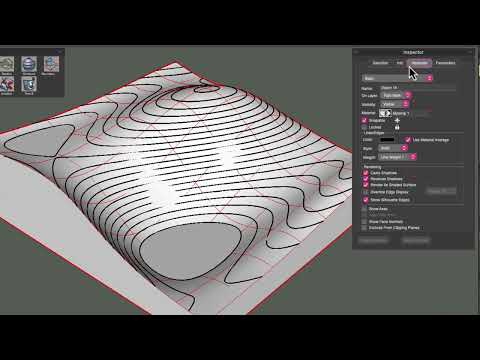Your Cart is Empty
Customer Testimonials
-
"Great customer service. The folks at Novedge were super helpful in navigating a somewhat complicated order including software upgrades and serial numbers in various stages of inactivity. They were friendly and helpful throughout the process.."
Ruben Ruckmark
"Quick & very helpful. We have been using Novedge for years and are very happy with their quick service when we need to make a purchase and excellent support resolving any issues."
Will Woodson
"Scott is the best. He reminds me about subscriptions dates, guides me in the correct direction for updates. He always responds promptly to me. He is literally the reason I continue to work with Novedge and will do so in the future."
Edward Mchugh
"Calvin Lok is “the man”. After my purchase of Sketchup 2021, he called me and provided step-by-step instructions to ease me through difficulties I was having with the setup of my new software."
Mike Borzage
V-Ray Tip: Crafting Realistic Car Paint Materials in V-Ray: Techniques for Enhanced Automotive Visualizations
April 25, 2024 2 min read

Creating a realistic car paint material can significantly enhance the visual appeal of your automotive visualizations. Here are several tips for achieving an impressive car paint look using V-Ray:
- Start with the Base Layer: Use the V-Ray Material as a foundation. Choose a BRDF like GGX for a realistic reflection model and adjust the reflection color to something neutral, as real car paint usually has a very subtle color in its reflections.
- Metallic Flakes: Add a reflective layer with a procedural map like 'VRayStochasticFlakesMtl' to simulate the sparkling metallic flakes commonly seen in automotive paints. Control the size and density of the flakes to match the type of finish you're aiming for.
- Clear Coat: Apply a clear coat layer for a deep glossy finish. This is a crucial component of car paint that gives it a high-quality sheen and protects the color and metallic flake layers underneath.
- Reflections and Glossiness: Carefully balance the reflection and glossiness values to achieve a realistic look. The clear coat layer should have high reflectivity and glossiness close to 1.0 for a smooth clear surface.
- Consider the Environment: Environment reflections play a big role in the appearance of the car paint. Make sure to have appropriate environmental lighting and HDRIs that will reflect on the car's surface and add to the realism.
- Use Anisotropy for Brushed Metal: If you're simulating brushed metal surfaces, use the anisotropy and rotation parameters in your reflective materials to create streaks that mimic the brushed effect.
- Adjust the IOR: For the reflective layers, use an Index of Refraction (IOR) that will provide a natural reflection intensity. For the clear coat, an IOR between 1.5 and 1.8 usually works well.
- Color and Effect Layers: Sometimes, car paint will have subtle color shifts or additional effects like pearlescence. You can simulate these by stacking different colored layers with varying levels of opacity or using additional maps and blend materials.
Experiment with these tips to create the perfect car paint material for your automotive projects. For more advanced tools and resources, check out NOVEDGE, where you can find a range of V-Ray and other software products to enhance your rendering pipeline.
You can find all the V-Ray products on the NOVEDGE web site at this page.
Also in Design News
Subscribe
Sign up to get the latest on sales, new releases and more …





